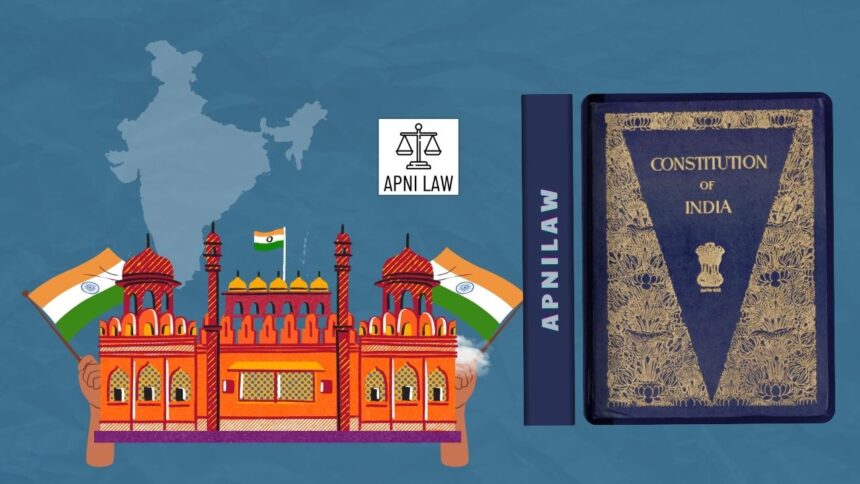Introduction
The fight against corruption in India has always been one of the biggest challenges in governance. To tackle this problem, the Central Vigilance Commission (CVC) was set up as the apex body to monitor and guide vigilance activities across the country. Created to maintain integrity in public administration, the CVC works as an independent authority that supervises corruption cases in central government organizations. Its role is vital because corruption does not just waste public money; it also weakens people’s faith in democracy. The CVC has therefore become an important institution that ensures honesty, fairness, and accountability in government work.
Establishment of the CVC
The Central Vigilance Commission was established in 1964 following the recommendations of the Santhanam Committee on Prevention of Corruption. At first, it was created by an executive resolution of the Government of India. Later, in 2003, Parliament passed the Central Vigilance Commission Act, giving it statutory status and stronger powers. This step made the CVC more independent and better equipped to fight corruption at a higher level. Its statutory backing also ensured that no political pressure could dilute its functions.
The Commission consists of a Central Vigilance Commissioner and not more than two Vigilance Commissioners. They are appointed by the President of India on the recommendation of a committee that includes the Prime Minister, the Home Minister, and the Leader of the Opposition in the Lok Sabha. This system ensures that appointments remain transparent and balanced, reducing the chance of political influence.
Functions and Powers of the CVC
The CVC plays a broad role in maintaining vigilance and preventing corruption in central government offices, public sector undertakings, and other organizations that come under its jurisdiction. It advises central government authorities on vigilance matters, reviews procedures to minimize corruption, and keeps an eye on cases being investigated by the Central Bureau of Investigation (CBI). In fact, the CBI reports to the CVC on corruption-related cases, which gives the Commission significant supervisory powers.
The CVC can also investigate complaints against senior government officials and recommend disciplinary action. Although it does not have the power to directly punish officials, its advice carries great weight, and most government departments follow its recommendations. By monitoring sensitive departments such as railways, banking, customs, and defense, the Commission plays a key role in ensuring transparency in areas where corruption risks are high.
Role in Combating Corruption
The creation of the CVC was a turning point in India’s anti-corruption framework. For decades, corruption was seen as a hidden but accepted part of governance. With the establishment of the CVC, citizens received an institution they could approach with complaints, and officials came under closer scrutiny.
The CVC has been instrumental in bringing irregularities to light, monitoring big-ticket projects, and strengthening transparency in the allocation of government contracts. It also issues guidelines for better vigilance practices, conducts inquiries, and ensures that delays in corruption cases are minimized. By creating an institutional mechanism against corruption, the CVC has contributed to restoring public faith in the government’s ability to uphold integrity.
Challenges Before the CVC
Despite its importance, the CVC faces several challenges. One major limitation is that it does not have direct powers to prosecute or punish officials. It can only recommend action, and the final decision rests with the concerned department. This sometimes weakens its effectiveness. Another issue is the lack of adequate manpower and resources, which makes it difficult to monitor corruption cases across the vast number of central government offices and public sector undertakings.
Critics also point out that delays in investigations and departmental inaction reduce the impact of CVC’s recommendations. Moreover, political influence over the appointment process sometimes raises questions about its independence, despite its statutory status. To remain effective, the CVC needs greater autonomy and enforcement powers.
Way Forward
For the Central Vigilance Commission to function at its full potential, reforms are essential. Granting the CVC powers to ensure that its recommendations are binding could strengthen its authority. Increasing staff and resources will also help the Commission deal with cases more efficiently. Promoting digital vigilance systems and strengthening collaboration with the CBI and other investigative agencies will further boost its role in reducing corruption. Most importantly, greater awareness among citizens about how to use the CVC will make it a more effective watchdog.
Conclusion
The Central Vigilance Commission is one of the most significant institutions in India’s fight against corruption. It was created to ensure that honesty and accountability remain at the heart of governance. While it cannot directly punish officials, its role as a supervisory and advisory body makes it a vital part of the anti-corruption system. Strengthening its powers and ensuring full independence will only make it more effective in protecting the integrity of public administration. At a time when citizens demand greater transparency and good governance, the CVC continues to play a key role in safeguarding India’s democracy.








